John Deutch served as Undersecretary of Energy under President Jimmy Carter. He also served in the Clinton administration, and is now an MIT chemistry professor. In the selection below, he explains why corn-based ethanol in the United States, is not an efficient way to produce energy. In a later section of his commentary, he is more positive about the economics of producing ethanol from switch grass. (The main difference, he says, is that switch grass can be cultivated using much less petroleum than is used for corn.)
Today, we use corn to produce ethanol in an automobile fuel known as "gasohol" — 10% ethanol and 90% gasoline. Generous federal and state subsidies, largely in the form of exemption from gasoline taxes for gasohol, explain the growth of its use; in 2005, over four billion gallons of ethanol were used in gasohol out of a total gasoline pool of 120 billion gallons. Politicians from corn-states and other proponents of renewable energy support this federal subsidy, but most energy experts believe using corn to make ethanol is not effective in the long run because the net amount of oil saved by gasohol use is minimal.
In the U.S., cultivation of corn is highly energy-intensive and a significant amount of oil and natural gas is used in growing, fertilizing and harvesting it. Moreover, there is a substantial energy requirement — much of it supplied by diesel or natural gas — for the fermentation and distillation process that converts corn to ethanol. These petroleum inputs must be subtracted when calculating the net amount of oil that is displaced by the use of ethanol in gasohol. While there is some quarreling among experts, it is clear that it takes two-thirds of a gallon of oil to make a gallon equivalent of ethanol from corn. Thus one gallon of ethanol used in gasohol displaces perhaps one-third of a gallon of oil or less.
A federal tax credit of 10 cents per gallon on gasohol, therefore, costs the taxpayer a hefty $120 per barrel of oil displaced cost. Surely it is worthwhile to look for cheaper ways to eliminate oil.
The economics are not the same in other countries. Brazil is a well-known example, where sugarcane grows in the tropical climate and conventional fermentation and distillation readily yields ethanol. Ethanol is said to provide 40% of automobile fuel in Brazil and compete with gasoline without government subsidy. Depending on the future world price of sugar and the lessening of trade restrictions on both sugar and sugar-derived ethanol, Brazil could become a net exporter of this biofuel.
For the full commentary, see:
JOHN DEUTCH. "Biomass Movement." The Wall Street Journal (Weds., May 10, 2006): A18.

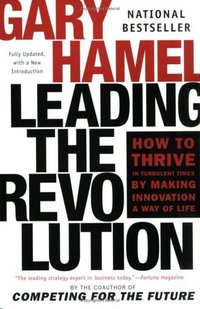

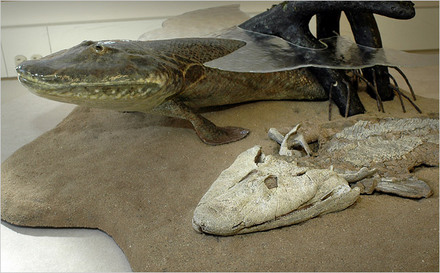
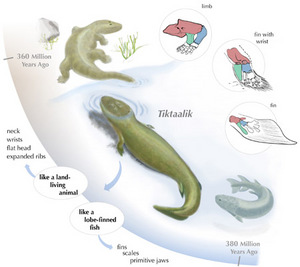

 Bolivian soldiers after seizing natural gas facilities. Source of image:
Bolivian soldiers after seizing natural gas facilities. Source of image: 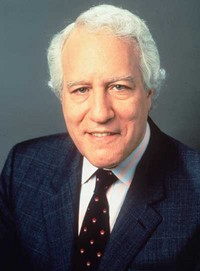
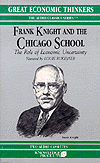
 Source of book image:
Source of book image:  A Bangalore radiologist. One of three radiologists in India known to be reading U.S. scans. Each of the three has a U.S. degree, as required by U.S. law. Source of image:
A Bangalore radiologist. One of three radiologists in India known to be reading U.S. scans. Each of the three has a U.S. degree, as required by U.S. law. Source of image: